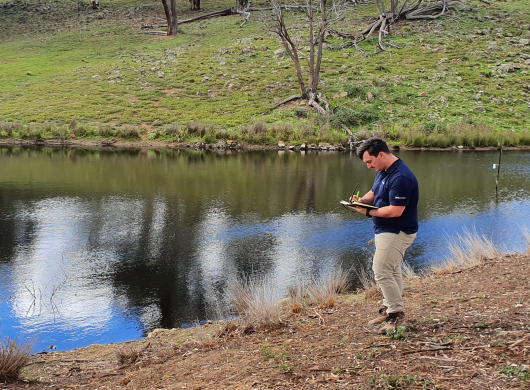The security landscape in Australia has been changing rapidly, and with the increase in digitalisation, the risk of cyber attacks has become more prominent. Among these, Distributed Denial of Service (DDoS) attacks have emerged as a significant threat to Australian businesses and organisations. In this article, we will explore the security landscape in Australia and the impact of DDoS attacks on the country.
What are DDoS attacks?
DDoS attacks are essentially large packages of malicious data flooding an organisations traffic flow in a short duration of time, leading organisations to have restricted to no access to their own sites.
These attacks are often aimed at larger organisations such as educational institutes or government agencies. A targeted system will be flooded with too many requests, causing the system to become slow or simply shut down. They are slightly more complex than DoS attacks.
DDoS attacks have actually been criminalised in Australia and numerous other regions around the world such as India, the UK and the United States of America, and yet they are still as prevalent as ever.

DDoS and the future of the Australian Security Landscape
Despite being the fifth most advanced cyber nation, as of 2021, it was revealed that Australia is the 3rd most targeted country in the world for DDoS attacks. As cyber-attacks become more complex and more sophisticated, organisations must invest in and improve their cyber security.
A recent example stemmed from a fashion show in Melbourne, Victoria, in March 2023. It was a religiously motivated DDoS attack that was launched after a culturally offensive piece of clothing was displayed at the fashion show by a hacktivist group that was scattered across the globe – groups of attackers residing in Pakistan, Indonesia, Malaysia and Bangladesh targeted small organisations as well as larger ones, including education institutions, banks and government agencies.
Prior to these attacks, the Australian federal government had already decided in 2020 to invest AUD$1.67 billion into upgrading their cyber security capabilities.
To strengthen the country’s cyber security posture, the Security Legislation Amendment Act 2021 was made effective – entailing a new framework for larger and nationally recognised organisations including banks and other government bodies.
Smaller businesses will be able to receive help from the Cyber Security Best Practice Regulation Taskforce as they continue to develop and research methods for keeping businesses afloat with technical support and keeping their cyber security up to a specific standard, as the country aims to transition to a digitalised society by 2030.

“The recent rise in DDoS attacks directed at Australia highlights the need for good cyber practices but also great cyber services that effectively nullify this kind of attempt on your defences,” says Mark Spencer, National Security Business Manager at Outcomex.
Protecting your business from DDoS attacks
To mitigate the risks of DDoS attacks, Australian organisations can implement various measures. These include implementing robust security protocols, such as reducing the attack surface area in which an organisation can limit points of attack for attackers and prevent them from accessing database servers.
While you want to limit points, you will want to increase bandwidth to allow more space for traffic. Doing this will enable an organisation’s system to receive more traffic – it is not a complete solution for completely preventing a DDoS attack but can minimise the chances of one occurring.
Firewalls are always effective for helping restrict traffic flows, however, they cannot be the only method of DDoS protection as some attacks specifically target firewalls. Instead, build data centres on multiple networks and place servers in various data centres.

In addition, businesses can educate their employees on cyber-security best practices and the risks of DDoS attacks – whether it be simple practices. like regularly changing passwords, authentication, or identifying phishing attacks. Employees can also be taught how to identify a DDoS attack with signs such as outages and crashes, poor connectivity, or slow performance.
Regular monitoring is always highly recommended for attack prevention. Monitoring traffic will allow organisations to identify a potential DDoS attack.
The security landscape in Australia is evolving, and DDoS attacks have emerged as a significant threat to businesses and organisations. To mitigate the risks of DDoS attacks, Australian organisations must implement robust security measures, regularly test these measures, and educate their employees on cyber-security best practices. By taking these steps, Australian organisations can reduce the impact of DDoS attacks and protect themselves from the evolving threat landscape
Maintain a strong security posture
Outcomex and Radware can help you mitigate a DDoS attack and assist your business in maintaining a strong security posture – we deliver tailored and scalable solutions for organisations of all sizes.
To find out how Outcomex and Radware can streamline your operations and keep your business secure, contact our team of Outcomexperts today.




